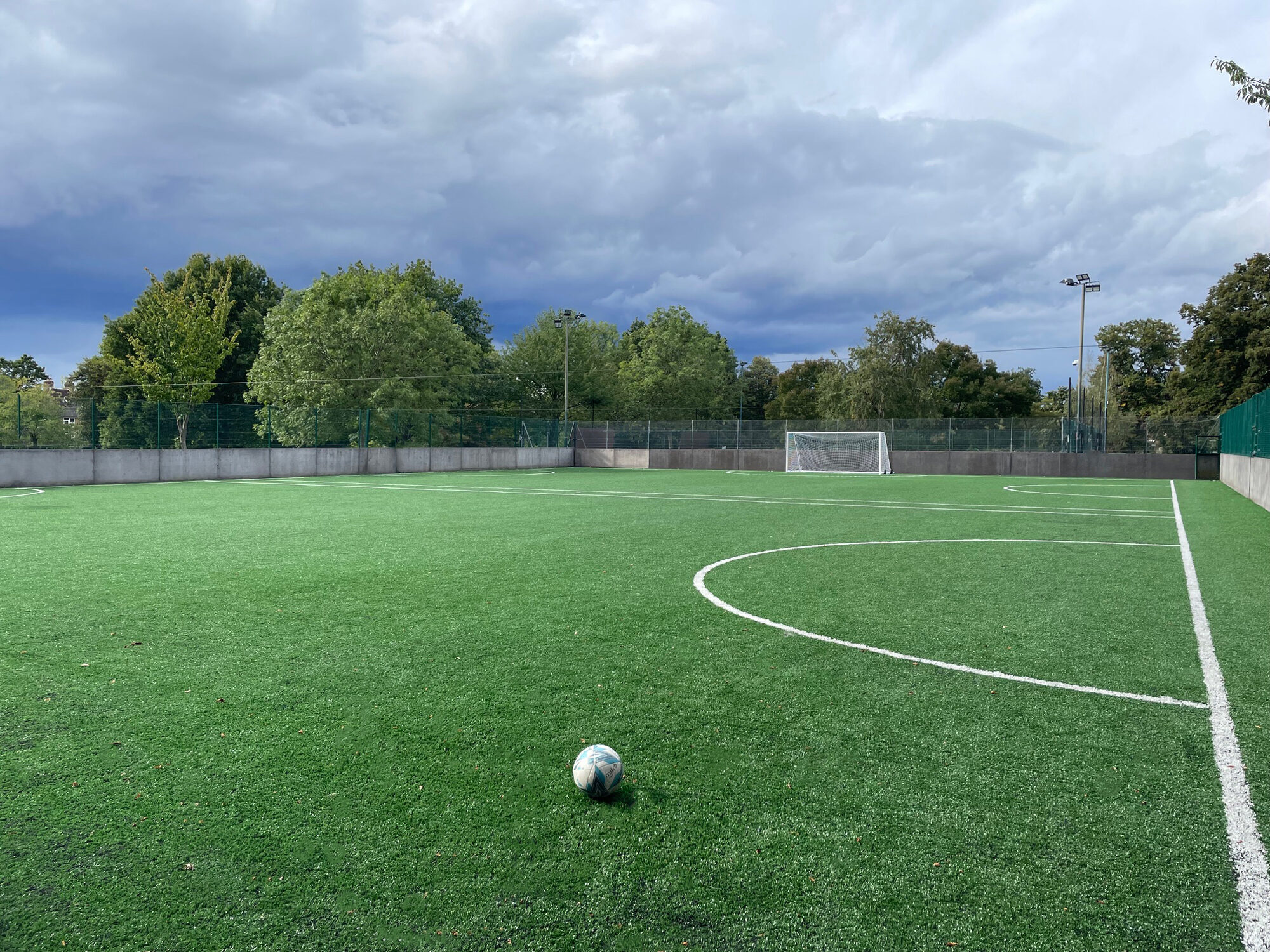Football, often referred to as " the lovely sport," has an abundant record, and its development is reflected in the style and development of baseball parks. These parks serve as the stage for the sport' ;s crisis, love, and triumph. As time passes, they've changed from humble areas to architectural marvels FootballPark.com , reflecting the growth of the game itself.
Early football areas were basic at best. Throughout the late 19th century, as organized baseball obtained reputation, matches were played on easy start fields with makeshift goals. These early locations lacked stands, proper markings, and actually sitting for spectators. Enthusiastic supporters could get around the edges of these fields, developing a exciting yet crazy atmosphere. Over time, as the sport turned more organized, the need for specific baseball sites grew.
The first 20th century saw the emergence of purpose-built baseball parks. These freshly constructed sites focused to allow for growing crowds while providing a much better knowledge for equally players and fans. Wooden stands were introduced, providing supporters a dedicated position to view matches. This time also noted the start of key inventions like pitch marks and goalposts with crossbars, which became common features.
Post-war intervals brought substantial changes to the style and functionality of baseball parks. With technical advancements and the increasing reputation of the sport, stadiums started initially to undertake heightened facilities. Cement stands changed wooden kinds, ensuring better capacity and safety. Floodlights turned a game-changer, enabling matches to be performed after sunset and permitting evening activities to attract greater audiences.
The late 20th century noticed a significant change toward commercialization and modernization in baseball parks. Sponsors played an essential position in funding more advanced designs. All-seater stadiums became absolutely essential in many parts, emphasizing comfort and safety. Moreover, the introduction of high-tech amenities like replay screens, advanced turf techniques, and noise systems changed the observing experience for fans.
Today, football areas are architectural projects, equipped with cutting-edge engineering and state-of-the-art facilities. Modern models concentrate on sustainability, availability, and the overall fan experience. Inventions like retractable roofs, cross pitches, and enhanced seating agreements assure these spaces can sponsor more than football activities, becoming multifunctional venues for shows, activities, and more.

The progress of baseball areas shows society' ;s growing gratitude for the activity and its role in lifestyle and entertainment. These renowned spots not only celebrate the heritage of the sport but also set the point for its future. They embody the interest, unity, and pleasure which make baseball a really international phenomenon.
